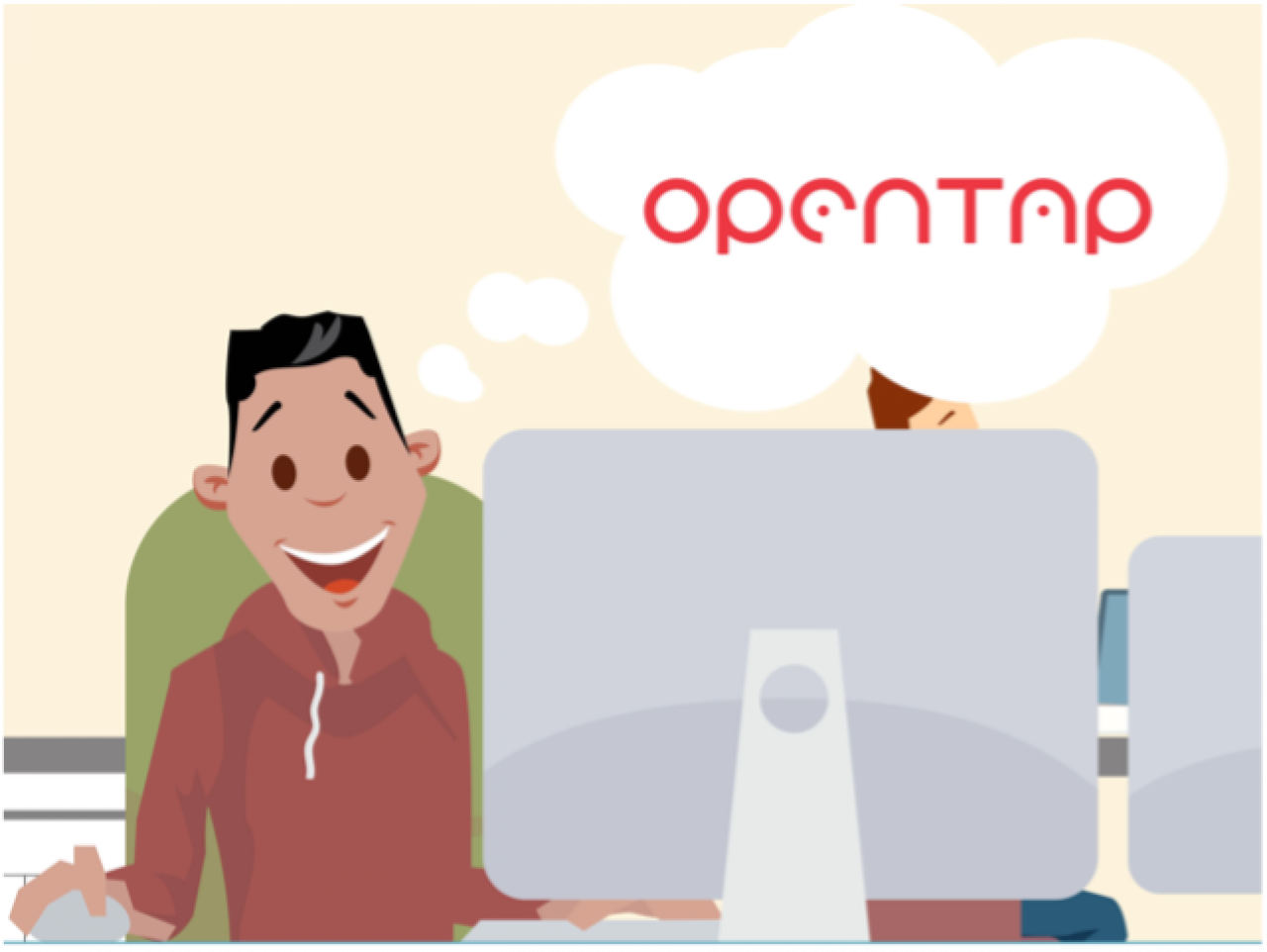Shorter development cycles and growing complexity present testing challenges to organizations working in all technology domains. Today’s fastest moving industries – telecommunications, finance, and automotive – speed development by leveraging modular architectures and open source software developed and maintained by broad collaborative communities and ecosystems. By contributing to and supporting the OpenTAP project, the test automation industry will realize similar benefits.
Open source development, while offering great advantages, can be unfamiliar to many test automation practitioners. To help companies understand how others investigate, adopt and deploy open source test automation, the OpenTAP project has produced a series of animated videos that illustrate the entire adoption, integration, and transformation process.

In the first video above, we meet our “change angel”, Gabriel, a hard working engineer determined to streamline his company’s test automation workflow. The test automation team has been struggling to keep pace with the changes in test requirements and the complexity of new multi-function products. Things come to a head when a new product, developed in mere weeks, would require 6 months to validate and test using their legacy test software. Test automation has become the biggest bottleneck.

The challenges faced by Gabriel and his team are not uncommon. Research indicates that most hardware manufacturers take a “homegrown” approach to test automation, working with platforms that have evolved piece-meal over time; such in-house test automation platforms and tools are typically not highly modular or flexible and are difficult to maintain. They accrue capabilities from specific test projects and are not easily reused for new ones. Even when homegrown platforms are well designed, they must be developed and supported entirely with internal resources, forcing new development and maintenance to compete for scarce resources.
Learn about real-world best practices for migration from legacy test automation from David Baker of Broadcom and Torben Christensen of Rebase.
Gabriel approaches his VP of Engineering to discuss the legacy bottleneck and they agree that a new test automation platform is needed – one that is more open, standards-based and supports agile development.

Looking for solutions, Gabriel seeks out Francisco, a young, savvy engineer, always on top of new technologies, especially open source software, and Codie, the lead for the Open Source Program Office (OSPO). Code and Francisco, the “executors” in our story, introduce Gabriel to OpenTAP, an open source test automation project. OpenTAP features a modular, plug-in architecture and a broad range of tools and applications, a strong technical community and an ecosystem of third-party hardware and software vendors.
Gabriel is intrigued by the idea of working with a broad test automation community instead of developing test systems from scratch internally with limited resources.
Continue to Episode 2, as Gabriel and his colleagues embark on their open source journey with an OpenTAP pilot.
Open Source Software
Open source software is hardly a new concept. Today, computer software and hardware industries are dominated by open source software. The leading open source project hosting site, Github, boasts over 60 million project repositories created in the last year alone by 56 million participating developers. Technology companies, from semiconductor suppliers to equipment manufacturers (OEMs, TEMs and NEPs), software vendors (ISVs) and service providers (network operators and ISPs) depend on open source software to develop and deploy their wares and host their services. These companies choose open source to develop solutions faster, leveraging community software and shared expertise. Building with open source also benefits from ongoing community development and maintenance and offers lower overall cost than homegrown or commercial proprietary solutions.
Learn More About the OpenTAP Project


If you are interested in this new community and ecosystem approach to test automation, visit OpenTAP.io where you can also join the OpenTAP Forum and subscribe to the OpenTAP Newsletter.
Getting Started
When you’re ready to dig into the technology in the OpenTAP project, download and install the OpenTAP engine and plugins.
To help become familiar with the OpenTAP platform and project, you can view the following getting started videos that will walk through OpenTAP download and installation, using the OpenTAP Examples, and using the OpenTAP SDK.